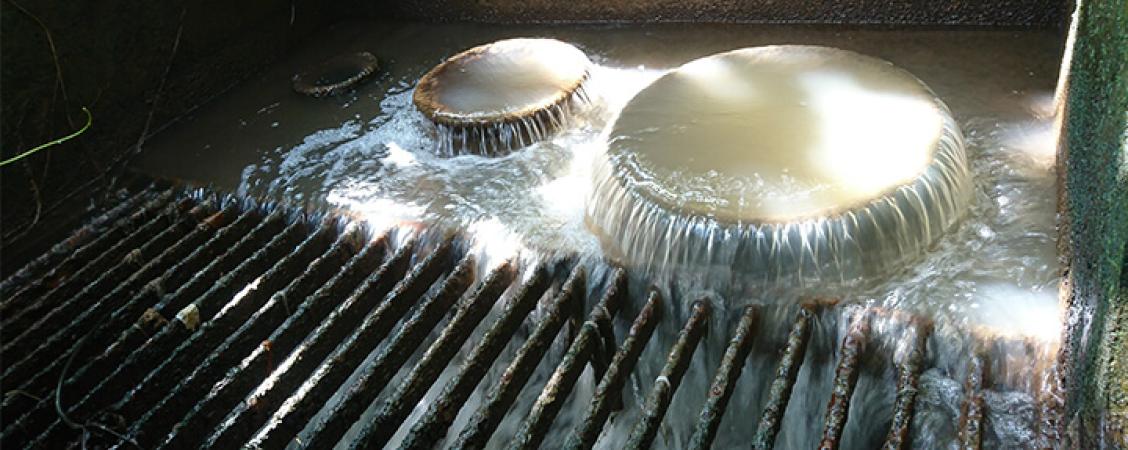
Why grit and solids removal is crucial in industrial water re-use
Municipal and regulatory requirements are backed by surcharges and potentially significant fines. We explain why treatment is necessary, how it can cut costs, and how to achieve the fastest payback.
It is both right and inevitable that industrial water users are focused on their day-to-day jobs – after all, this is where the profits are made or lost. For this reason, water management is far down the line of concerns for many industries, even behind other utility headaches such as energy bills, simply because the cost of water appears (on the surface) to be relatively low. However, this view can lead to serious consequences.
Failing to meet regulations and discharge requirements
If an industry should find itself in trouble with an environmental regulator or municipality for breaching a discharge consent, there is a potential cost not just in terms of surcharges and fines (which are increasingly substantial) but also in reputational damage.
Failing to meet the discharge requirements put in place by a municipality or regulatory entity can wrench a company from its daily business to deal with the nightmare task of court proceedings, struggling to handle negative press and local ill feeling, and seeing a carefully built brand and reputation crumble overnight. Such issues can seriously dent profits and share prices.
Financial, reputational, and disruptive consequences
If this sounds fanciful, remember the:
- $20.8 billion fine and massive (and ongoing) reputational damage to BP from the Gulf of Mexico Deepwater Horizon oil spill
- $129 million restitution paid by Hooker Chemical in the 1990s for the effects of pollution of a Niagara canal
- $80 million compensation agreed by Japanese company Chisso in 2014 for the effects of polluting a bay with mercury many decades before
These cases are at the extreme ends of what can happen – but it’s important to remember that fines may not be insignificant, and can occur long after the pollution took place.

Preventing everyday wear and tear
More practically, insufficient or malfunctioning wastewater treatment can lead to wear and tear on downstream pumps and pipework, increasing repair and replacement costs, and may force downtime for vital production processes. All of these issues carry their own, often hidden, costs.
The fallout from these potential issues means that it’s vital to understand what the company is doing with its wastewater solids and grit. Knowledge matters, because solids and grit are fundamental elements of the waste process that are at the heart of pollution. It’s therefore extremely important to effectively manage and be vigilant about the systems that the company uses to collect and dispose of solids, and understand the disposal process from treatment through to its discharge point.

Water re-use and grit removal
Water re-use and grit removal go hand in hand - one of the simplest ways to prevent environmental damage is to ensure that discharges are screened effectively from the earliest opportunity. Treating and re-using wastewater can have a return on investment of as little as three weeks.
Other benefits include a potential reduction in energy costs: if the amount of wastewater being generated is reduced overall then the amount of power used to pump and heat it is consequently also brought down.
Effective grit and solids removal facilitates water reuse by ensuring that the site has a reliable stream of cleaned water for use in washdown or clean-in-place activities. It also ensures that any wastewater that is sent into the municipal system fully meets its discharge consent requirements and incurs the lowest possible costs.
Takeaways
To sum up, solids and grit removal has several key advantages for industrial customers:
- It enables companies to ensure that they are not faced with the fines, reputational damage or negative publicity of having their brand associated with environmental pollution.
- It allows companies to reduce the amount they discharge, as well as the pollutants captured in the flow, so they can re-use the treated wastewater for washdown and clean-in-place procedures on site.
- It drives down clogging and abrasion damage to downstream systems and processes, which adds significantly to the replacement period for key and expensive equipment such as pumps.
